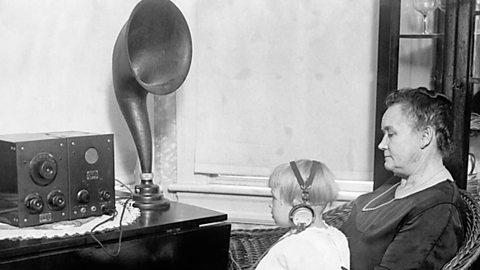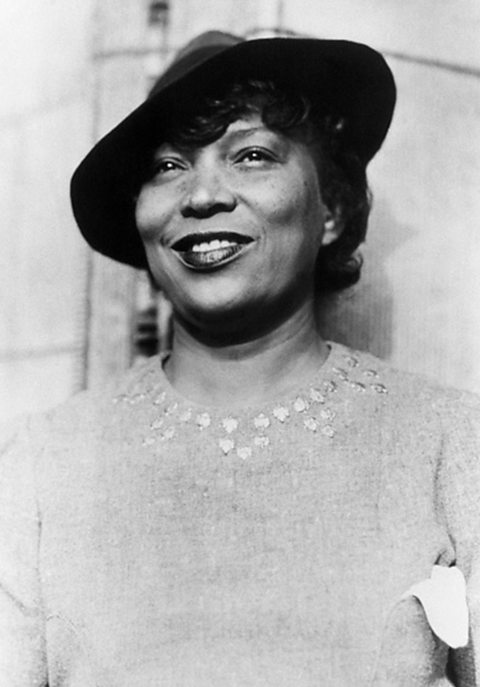Popular culture in the 1930s
Despite the hardship of the Great Depression, leisure and popular culture continued to flourish and develop.
Radio
The popularity of the radio continued to increase throughout the Great Depression. By 1930, around 40 per cent of the American population owned a radio set, and this number had more than doubled by 1939. Sports, news reports, plays and shows were broadcast by radio.

Movies
When the Great Depression first hit, cinema attendance dropped by a third. However, audiences soon returned in larger numbers. People wanted to escape from their troubles and movies provided a way to do this. The 1930s has since been seen as a time of major growth in Hollywood, with major film studios, such as MGM and Warner Brothers, producing a range of comedies, westerns, gangster movies and musicals. Walt Disney produced animated cartoons, which were very popular with movie-goers.
Comic books
Comic books became a new sensation during the 1930s. Comics were cheap to produce and many new comic publishers were created. The popularity of comics soared during the 1930s. This period saw the first appearances of two of the worldтs most famous superheroes, Superman in Action Comics in 1938 and Batman in Detective Comics in 1939.
The arts and literature

The social impact of the Great Depression inspired writers such as John Steinbeck, who often wrote about poor, working-class people and their struggle to lead a decent and honest life. His most famous book, The Grapes of Wrath, was published in 1939 and explored the challenges faced by a migrant family.
Not all novels were about the Great Depression, though. Margaret Mitchellтs Gone with the Wind (1936) was set during the American Civil War (1861-1865) and ReconstructionA period after the American Civil War when the northern states aimed to change the political, social and economic systems of the southern states. Zora Neale Hurston produced a classic novel of the Harlem Renaissance called Their Eyes Were Watching God (1937). This explored various themes through the life of female protagonist Janie Crawford.
The Federal Writersт Project
The Federal Writersт Project was created in 1935 and was part of the WPA (Works Progress Administration), one of the New Deal alphabet agencies. It provided jobs for thousands of unemployed people incuding:
- historians
- writers
- teachers
- librarians
The project:
- produced hundreds of publications including childrenтs books, local and oral histories, and state and city guidebooks such as the American Guide Series.
- benefitted unemployed people who worked in publishing, writing and academic professions, as their roles were not as often prioritised in other relief measures and organisations.
Through the project, resources that were created became an important part of historical records and cultural resources. Notable projects included the Slave Narrative Collection, which is a set of around 2,300 first-person accounts of slavery and photographs of former slaves.